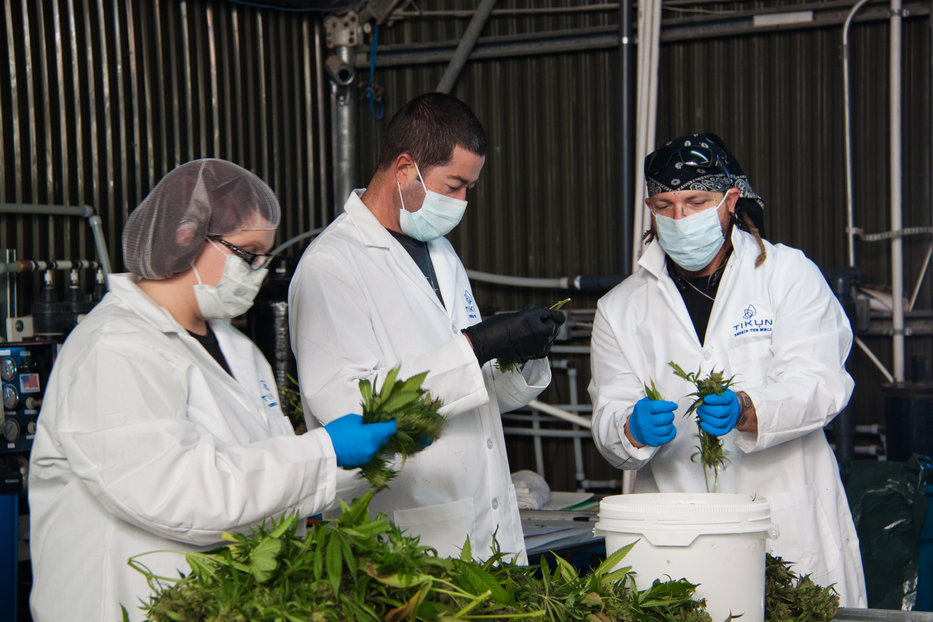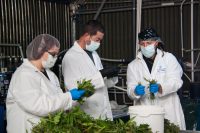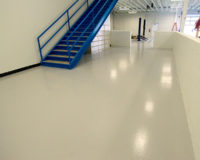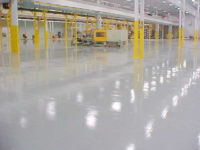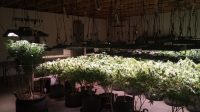Tell me that you can’t relate to this story.
You’re sitting down to dinner at a restaurant about ten minutes from where you work, finally relaxing after a tough day. You’ve set your environmental alerts on your plants; you have that peace of mind that the technology promised and you know that if anything goes wrong you’ll get notified immediately. As you’re looking at the menu, you receive an alert telling you that the temperature in one of your 2,000 square foot grow rooms has gone out of the safe range. Your mind starts to race, “It’s week seven, I’ve got 500 plants one week away from harvest, that’s 200 pounds of cannabis worth about $150,000-$200,000. Oh my God, what am I going to do?”
You’re doing all this at the dinner table and even though you’re not in a state of panic, you are extremely concerned. You need to figure out what’s going on. You check the graphing and see that over the past hour your humidity dropped and your temperature is gradually going up. Within the past ten minutes, the temperature has gone to 90 degrees. Your numbers tell you that the temperature in the room with $200,000 of cannabis is going up about five degrees every three minutes.
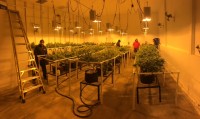
“I see this trend and can’t figure it out,” the grower relates. “Normally, the HVAC kicks on and I’d begin to see a downward trend on the graphs. I pre-set my trigger for 90 degrees. But, I’m not seeing that. What I AM seeing is the temperature gradually and consistently getting warmer without the bounce-back that I would expect once the HVAC trigger was hit. All I know is I better find out what’s causing all this and I better find out fast or my entire crop is gone.”
You go through the rest of the checklist from LUNA and you see that the lights are still on. Now, you’re starting to sweat because if the temperature in that room hits 130 and stays there for more than twenty minutes, you’re losing your entire crop. You have to walk in your boss’s office the next day and explain why, after all the time and money you put in over the past seven weeks, not only is all that money gone but so is the $200,000 he is counting on to pay salaries, expenses, and bank loans.
This is something you’ve been working on for seven straight weeks and if you don’t make the right decision, really quickly, when that room hits 130 degrees here’s what happens.
“My equipment starts to fail,” our grower continues. “The crop literally burns as the oils dry up and the crop is worthless. At 130 degrees, my grow lights essentially start to melt. All you can think of is that temperature going up five degrees every three minutes and you’re ten minutes from your facility. I need to leave that restaurant right now, immediately, because even if I get there in ten minutes the temperature is going to be almost 120 degrees while I’ve been sitting here trying to figure out what’s wrong.”
You run out to your car and you speed back to the facility. The grow room is now 125 degrees, you have maybe three or four minutes left to figure things out before you flush $200,000 down the drain. The first thing you do is turn off the grow lights because that’s your primary source of heat. Then, you check your HVAC panel and you realize it malfunctioned and shorted out. There’s the problem.
The real toll is the human cost. Once this happens, no grower ever wants to leave and go home or even go to dinner. It’s a horrible toll. It’s the hidden cost we don’t talk about. The grower opens up with his own personal experience.“This system allows the grower to step back and still feel confident because you’re not leaving your facility to another person,”
“You think about the burden on the person that you bring in to replace you while you’re out of town and then you think about the burden on you if something goes wrong again. And you decide, it’s not worth it. The anxiety, the fear that it will happen again, it’s not worth it. So, you don’t go. I didn’t even see my sister’s new baby for eight months.”
Your desire to see your family, your desire to have a normal life; all of that goes out the window because of your desire to be successful in your job. It outweighs everything.
This is every grower. It’s why many farmers never leave their property. It just becomes a normal way of living. You just repeat it so much that you don’t even think about it. Why go on vacation if your stress level is higher than it is if you’re home. You’re constantly worried about your farm or your facility. The only way to escape it is to not go away at all.
“This system allows the grower to step back and still feel confident because you’re not leaving your facility to another person,” he tells us. “You don’t realize how stressful a lifestyle you live is until you step back and look at it. Or, if you have an alert system that allows you to pull back. That’s when you realize how difficult your life is. Otherwise, it just seems normal.”
As AI technology expands its footprint into agriculture, there will be more tools to help mediate situations like this; more tools to give you a more normal life. It’s one of the reasons we got into the business in the first place.



